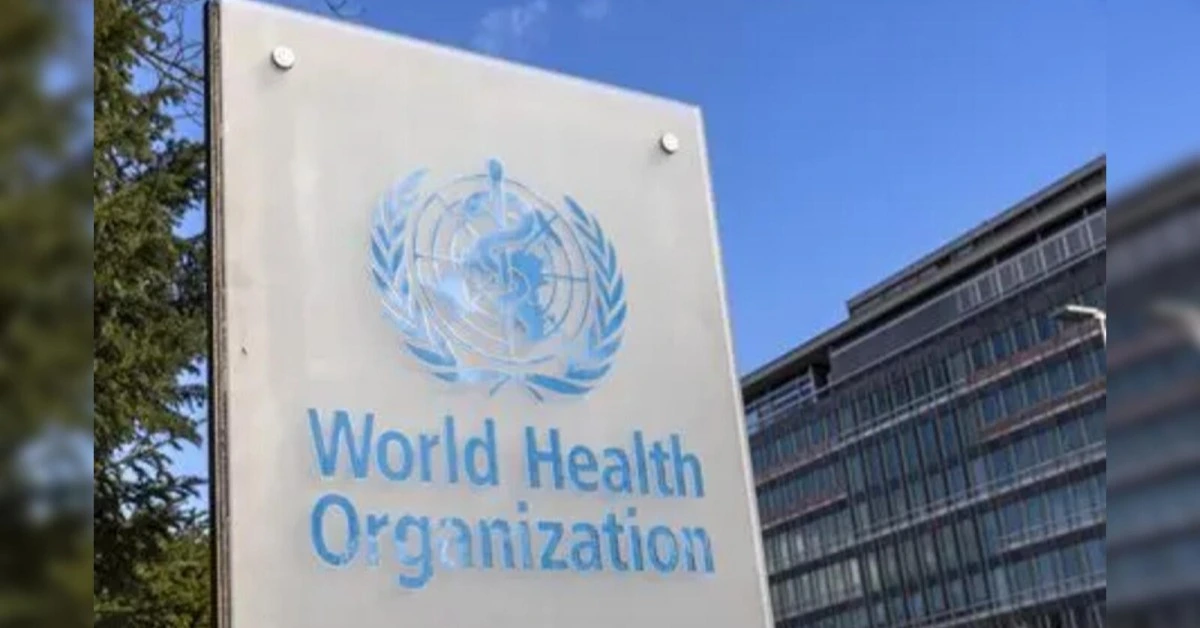
SWITZERLAND – The World Health Assembly has approved a 10-year strategy to integrate traditional medicine into the global healthcare system.
This landmark decision supports increased research and funding to bring traditional, complementary, and integrative medicine (TCIM) into the mainstream, provided practices meet modern scientific standards.
The move was celebrated across Asia, Africa, the Middle East, and Latin America. Iran called it “a visionary yet realistic roadmap” to harmonize centuries-old medical traditions with today’s evidence-based care.
Still, the strategy walks a fine line: honoring Indigenous knowledge while insisting on rigorous scientific validation.
Scheduled to run from 2025 to 2034, the strategy aims to bridge the gap between tradition and modern medicine.
It explicitly states that traditional medicine will not replace biomedical practices, but instead complement them when proven effective.
WHO describes TCIM as “a vast repository of knowledge,” but stresses that integration must be “scientifically valid” and avoid misinformation.
Supporters cite widespread use as justification, noting that more than 80% of the global population in over 170 countries relies on some form of traditional medicine.
In industrialized nations like Canada and France, usage approaches 50%. Furthermore, the WHO estimates that nearly 40% of pharmaceutical drugs have roots in traditional medicine.
Dr. Bruce Aylward, WHO Assistant Director-General for Universal Health Coverage, emphasized the cultural value behind the strategy: “The history, the cultural heritage, the ancestral knowledge –all anchor our traditional medicine work.”
However, European countries voiced concern about safety and effectiveness. Speaking on behalf of the EU, Poland urged WHO to remain firm against “ineffective or harmful practices disguised as alternative medicine.”
Evidence first, funding later
Despite the strategy’s ambition, it lacks concrete funding. While the WHO urges nations to invest in traditional medicine research, it does not make any new funding commitments itself.
The financial burden falls heavily on member states, who are expected to create research agendas and allocate resources. WHO, meanwhile, will focus on developing technical guidance and policy frameworks.
The financial shortfall isn’t new –WHO is currently grappling with a US $1.5 billion deficit after recent budget cuts.
No new pledges were made in Geneva during the strategy’s approval. Notably, India previously committed US$85 million to the WHO’s Global Centre for Traditional Medicine, which was launched in Jamnagar in 2022.
Experts say scientific evidence remains the biggest hurdle. While methods like acupuncture and herbal medicine have some validation, many practices lack robust data.
Dr. Tido von Schoen-Angerer, President of the Traditional, Complementary and Integrative Healthcare Coalition (TCIH), noted that more research could bridge this gap over time.
However, some advocates warn that using Western scientific standards to validate Indigenous practices could erase cultural context.
A delegate from Medicus Mundi International argued that privileging evidence-based approaches risks sidelining traditions rooted in land, community, and spirituality.
XRP HEALTHCARE L.L.C | License Number: 2312867.01 | Dubai | © Copyright 2025 | All Rights Reserved